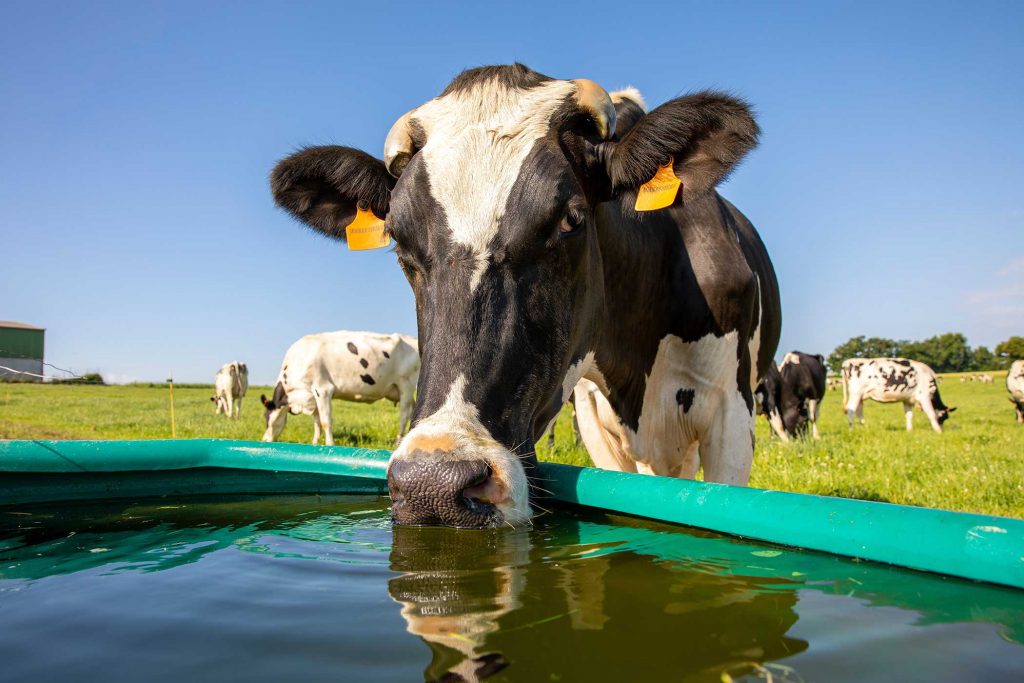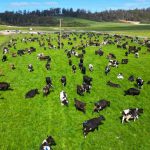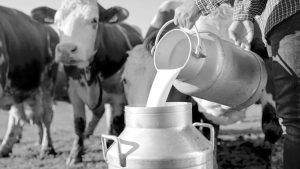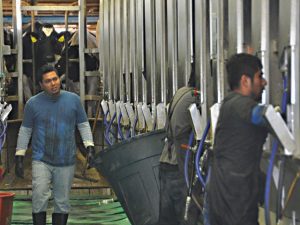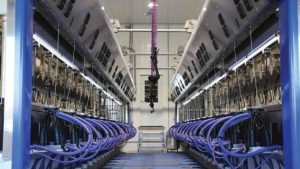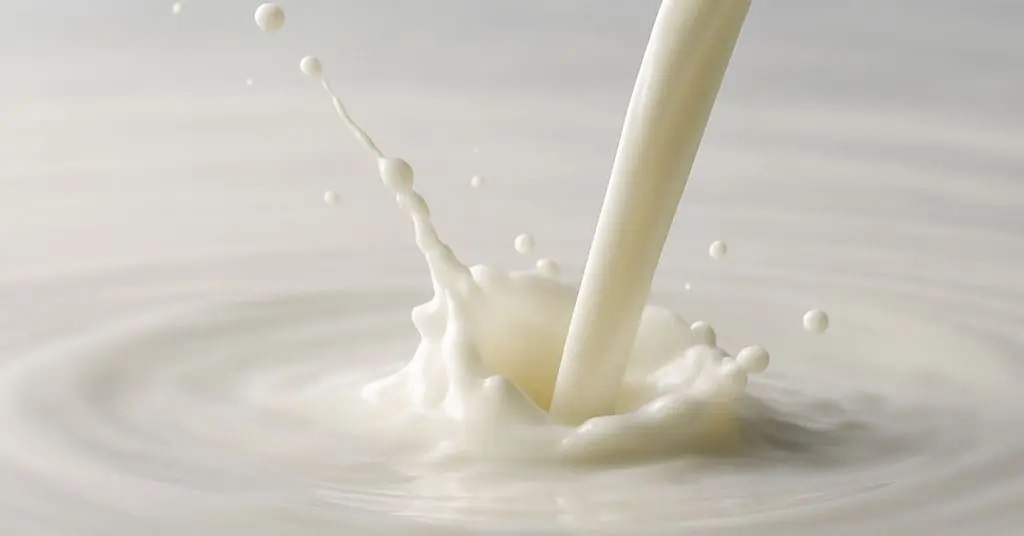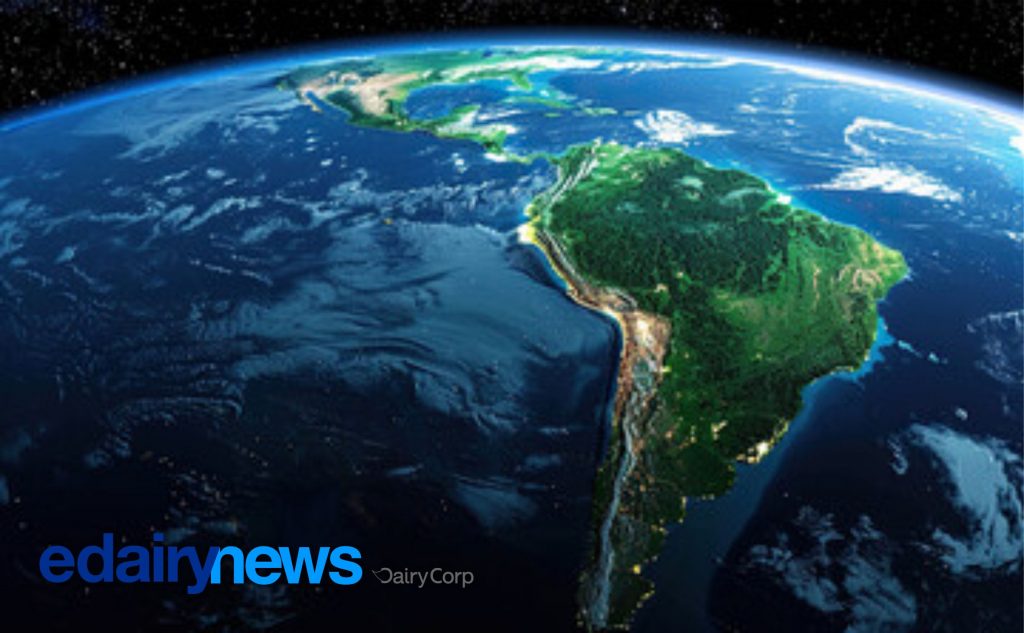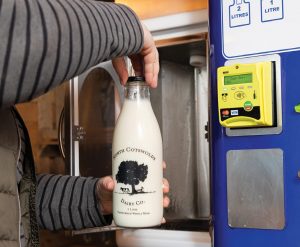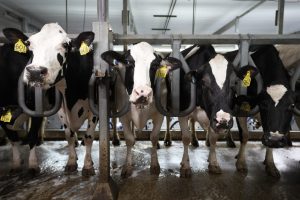
New Research Quantifies Major Milk Production Losses for Global Dairy Farms.
The international dairy community faces an intensifying challenge from extreme heat, with recent research quantifying significant impacts on cow’s milk production. Studies reveal that extreme temperatures can reduce daily milk output by up to 10%, posing a substantial threat to farm profitability and global supply. Even with advanced cooling technologies, producers are finding that only about half of these losses can be mitigated, underscoring the pressing need for adaptive strategies in a changing climate that impacts agribusiness.
A pivotal study, published in the esteemed journal Science Advances, highlights that the adverse effects of extreme heat on dairy cows can persist for over 10 days. Conducted in Israel, the research utilized highly localized weather data and surveyed dairy farmers over a 12-year period. The findings are stark: even technologically advanced farms struggle to fully adapt, experiencing significant declines in milk production on hot, humid days, particularly when wet-bulb temperatures surpassed 26°C (78.8°F). This deep dive into dairy economics reveals a critical vulnerability.
While cooling technologies offer a vital lifeline for producers, recouping their investment costs within approximately 18 months, their effectiveness diminishes as temperatures climb. This research underscores that even with these beneficial technologies, the dairy industry is not immune to the escalating impacts of climate change. The findings emphasize that reliance on current cooling methods alone may not be sufficient to fully counteract future warming trends, necessitating continuous innovation in farm management and animal welfare.
The study projects a sobering outlook for global dairy production. Without effective cooling, the world’s top 10 milk-producing countries could face an average daily milk output decline of 4%. Some nations are projected to experience even more drastic reductions. Even among the five largest producers, including economic powerhouses like the United States and China, projected losses range between 1.5% and 2.7% per cow per day, highlighting a widespread challenge that demands urgent attention from dairy analysts.
This critical research signals a call to action for the entire agribusiness sector, emphasizing the need for comprehensive strategies to address climate change’s impact on livestock. While crop impacts have been extensively studied, the effects on dairy farming and milk supply chains have received less attention until now. Quantifying these losses provides crucial data for policymakers, researchers, and producers to develop resilient practices and technologies, safeguarding future milk production and ensuring the stability of the global dairy market.
Source: AGDAILY: Quantifying impacts of extreme heat on cows’ milk production
You can now read the most important #news on #eDairyNews #Whatsapp channels!!!
🇺🇸 eDairy News INGLÊS: https://whatsapp.com/channel/0029VaKsjzGDTkJyIN6hcP1K
